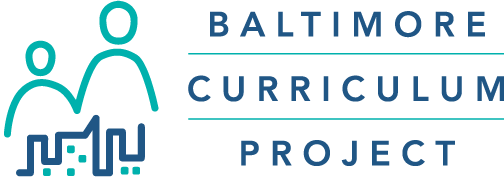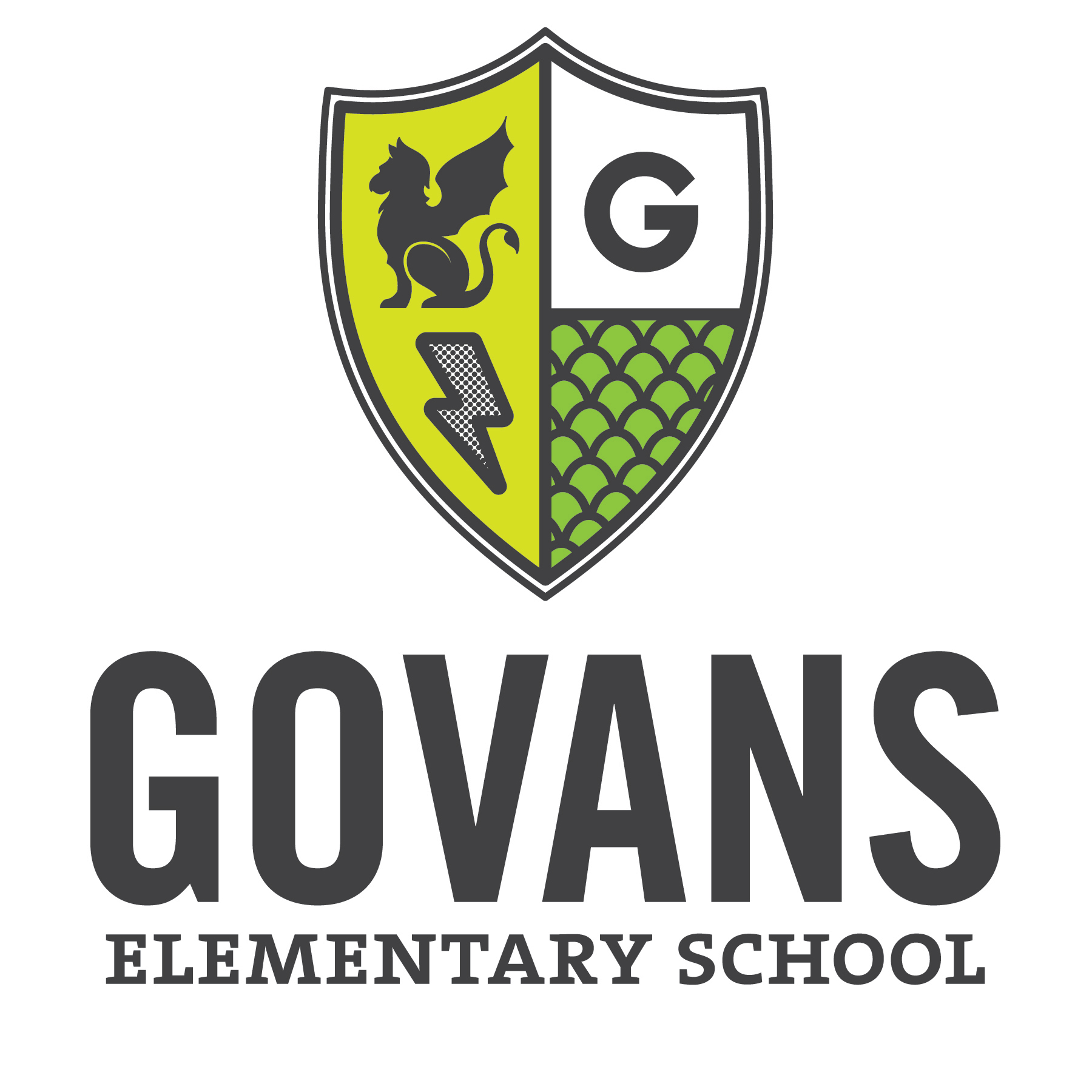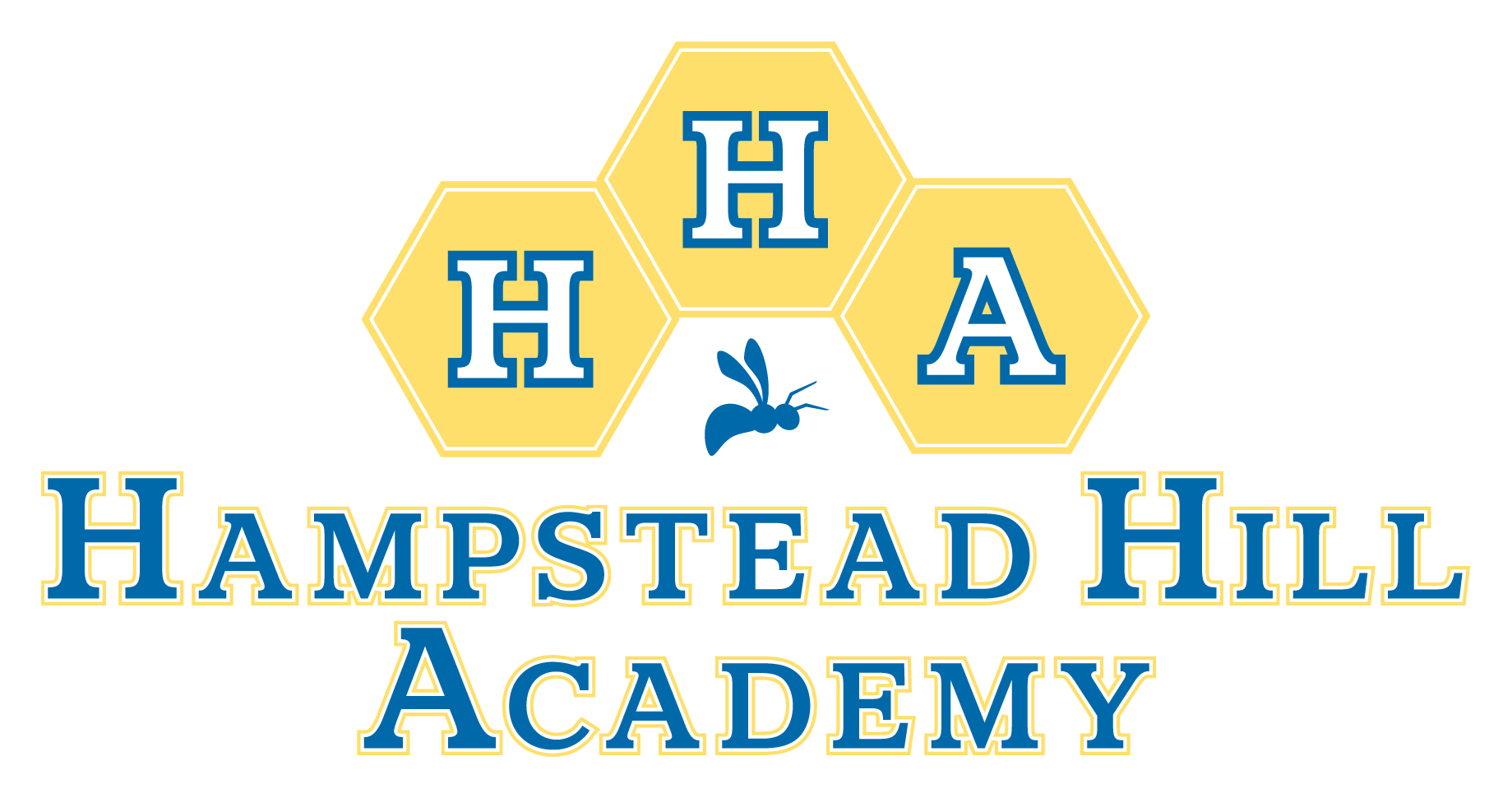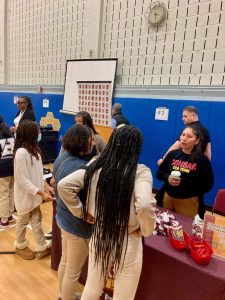 School choice for middle and high school students in Baltimore City Public Schools (City Schools) is designed to provide families with options and flexibility in selecting the educational environment that best meets the needs and preferences of their children. City Schools offers families a diverse range of educational options including traditional public schools, charter schools, and specialized programs.
School choice for middle and high school students in Baltimore City Public Schools (City Schools) is designed to provide families with options and flexibility in selecting the educational environment that best meets the needs and preferences of their children. City Schools offers families a diverse range of educational options including traditional public schools, charter schools, and specialized programs.
Baltimore Curriculum Project (BCP), which partners with City Schools, is committed to helping our students and families through the school choice journey. “The success of each of our students matters deeply to us after the student’s BCP experience ends,” explains Laura Doherty, BCP President and CEO. “Because of their BCP education and experience, the majority of our students are well-prepared and -equipped for our region’s most competitive schools and opportunities.”
All Baltimore City students in 5th and 8th grade complete the district’s choice application in the fall, listing their top five school choices for the next school year. Each BCP school has an identified school counselor who works with their students, guiding them through the process and helping each family make the right school and next-step decision.
We talked with two BCP counselors about the school choice process.
Cultural difference should not separate us from each other, but rather cultural diversity brings a collective strength that can benefit all of humanity.
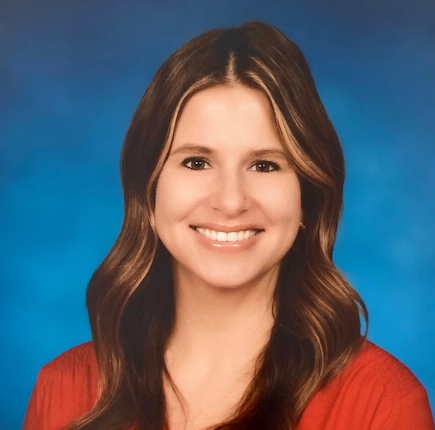
Marissa Lightkep
School Counselor, Hampstead Hill Academy (PreK-8th); in her 3rd year at HHA
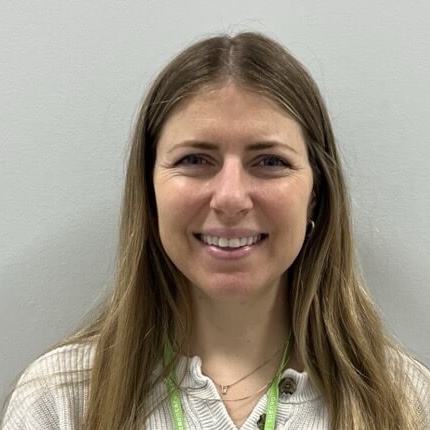
Samantha Haas St. Germain
School Counselor, Govans Elementary School (PreK-5th); in her 4th year at Govans, but has worked in City Schools for 14 years
Q: What’s your process for helping BCP students choose a school after BCP?
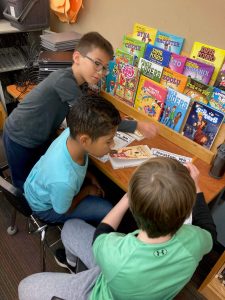 Ms. St. Germain: At Govans, we begin the process with an information session at the start of the fourth grade year. This helps to prepare kids and their families for what’s coming and to explain their Composite Score. [City Schools comprises grades and test scores from fourth grade and fifth grade to determine eligibility at schools with entrance criteria.] I want my fourth graders to be aware that what they’re doing in fourth grade is going to affect their school choices. If you start in the beginning of fifth grade, it’s already too late because you can’t go back and change any grades from the previous year.
Ms. St. Germain: At Govans, we begin the process with an information session at the start of the fourth grade year. This helps to prepare kids and their families for what’s coming and to explain their Composite Score. [City Schools comprises grades and test scores from fourth grade and fifth grade to determine eligibility at schools with entrance criteria.] I want my fourth graders to be aware that what they’re doing in fourth grade is going to affect their school choices. If you start in the beginning of fifth grade, it’s already too late because you can’t go back and change any grades from the previous year.
Ms. Lightkep: For our 8th graders [at HHA], the process starts in sixth grade. Similar to Ms. Germain, I prepare students and parents to understand the basics of the process, so that when the time comes, they’re prepared. I, too, make sure that students and parents know that everything they do in seventh grade counts towards high school admissions and are factored into their composite score. When 8th graders return to school in very early September, I go into classrooms and host guidance lessons on exactly what to expect for the process, the timeline and how it works. I also host family information sessions, beginning in September, typically during Back-to-School night and a Zoom or in-person meeting. When the composite scores come out, I schedule individual meetings with every 8th grader and another meeting with them and their family.
Here’s the City Schools’ Composite Score equation:
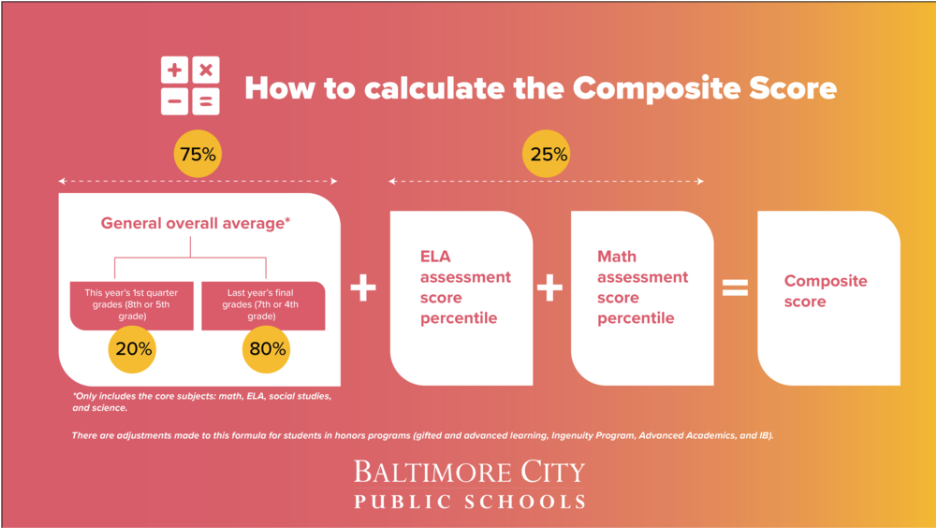
For details on the City Schools’ School Choice Process, click here.
The School Selection Process
In early December, Baltimore City Public Schools published their annual Choice Guide and held its annual School Choice Fair, located at the Baltimore Convention Center. Students and family members are encouraged to attend the fair and speak with representatives from all the schools.
Read the Middle & High School Choice Guide.
Q: How do you help students learn about their school options?
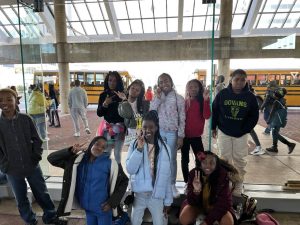 Ms. St. Germain: Govans provided a bus to transport students and families to the choice fair, which was held on a Saturday. I also send out flyers, post information on Class Dojo [classroom communication system] about school open houses and invite schools to come to Govans to do presentations. Usually it’s with that school’s counselor, but sometimes we get the principal, community school coordinator, and students. It’s a great opportunity for my fifth grade to learn all about what a particular school has to offer. It also gets fifth graders in the mind frame of what middle school is going to look like.
Ms. St. Germain: Govans provided a bus to transport students and families to the choice fair, which was held on a Saturday. I also send out flyers, post information on Class Dojo [classroom communication system] about school open houses and invite schools to come to Govans to do presentations. Usually it’s with that school’s counselor, but sometimes we get the principal, community school coordinator, and students. It’s a great opportunity for my fifth grade to learn all about what a particular school has to offer. It also gets fifth graders in the mind frame of what middle school is going to look like.
[My students and I] talk about what the schools have in common. How are they different? What makes them unique? At the school visits, I encourage Govans students to ask detailed questions about the uniform, the cell phone policy, recess, etc.
Ms. Lightkep: Post-COVID, City College and Baltimore Polytechnic Institute [two of City Schools’ most selective high schools] no longer offer shadow or in-person days for students. The only opportunity for students and parents to see their buildings and hear from them at the school is for them to go to open houses. In the fall, I distribute open house flyers and post open house information on Class Dojo and advice for parents and students about what they should be doing. I highly recommend that they go to open houses, because it’s sometimes their only opportunity to see the school building and hear more in depth about their programs.
We also have schools come to us and talk with our 8th graders, including City and Poly. Each year we host a HHA high school choice fair in our gym. This year, we had 15 local schools participate, including some parochial and independent schools. During guidance lessons with 8th grade students, we review the many different programs that City Schools offer, for example, Pathways to Technology Early College High School (P-TECH) programs, Career and Technical Education (CTE) programs, and Project Lead The Way (an engineering and STEM curriculum).
The Application Process
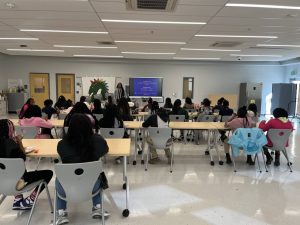 There is the main district application that everyone needs to complete online, using the Campus Portal. If a student is interested in a charter or private school, then they must also fill out those applications. Similarly, for students who qualify for City School’s Ingenuity Project, there is an additional application for that program.
There is the main district application that everyone needs to complete online, using the Campus Portal. If a student is interested in a charter or private school, then they must also fill out those applications. Similarly, for students who qualify for City School’s Ingenuity Project, there is an additional application for that program.
Q: How do you help support students in completing the applications?
Ms. St. Germain: For my fifth graders, it’s really about collaborating with the families. I have each student and family member come in [individually] and complete the City Schools application online with me. We talk about what their composite score is, what their options are.
Ms. Lightkep: Prior to the application window opening, I meet with all 8th grade students individually to discuss options and ensure they know the timeline and the application process. When the application window opens, I offer one-on-one meetings with families. Often during these meetings we submit these applications together online. I also send paper applications home with students as an option.
Q: How do you help each student find the right school fit?
Ms. Lightkep: Fit is individualized, but I employ students to think about the location, the size and the programs that the school offers. My recommendation is that every student have at least two or three backup schools that are quality options.
The School Choice Guide has very specific composite scores, cutoffs and requirements. My job is really about helping students and families navigate that guide and understand that they have many options and all of these options offer different things. I frequently ask students how many schools or buildings they have visited, and ask what they know about a school other than what they think or have heard from someone else. I have similar conversations with the parents.
Ms. St. Germain: I talk with my students about what school is going to be the best fit for them. Some kids will thrive in a 6th through 12th grade school because they’re really outgoing and won’t get lost. Some kids need a small school, and the fact that there’s high schoolers in the building is terrifying to them. By fifth grade, I know the kids very well. I know their personality, their academic standing. By talking with their parents, I know what the family’s priorities are. It’s about looking at schools that fit these needs. If a student is really into math and science, we go with the Ingenuity Project. If someone loves art and design, we go with the Baltimore Design School. Maybe someone needs a small setting, so they apply to Midtown Academy Charter. For our kids in the Bridges Program, they typically apply to some of the private schools.
If a student’s composite score is not high enough, we do have to eliminate some of the options. But then after we know what the options are, it’s about what is the best fit for that student based on all of these things.
Q: What is your goal for each student?

Ms. Lightkep: I want all students to receive a placement that they are satisfied with. Of course, I’d like every student to get into their top choice, but that’s not always the case. My goal, particularly in the first round of school choice, is for every student to put enough schools on their application that they get a placement in the first round and that placement is acceptable and makes them happy. I want to avoid students having to go into the second round, because at that point they are only able to select from schools with open seats, which is very limiting.
We are fortunate that at HHA the large majority of our kids get the first or second choice. It’s always really satisfying to see kids get their placements and be happy with those placements.
Ms. St. Germain: I want my students to be at a school where they are happy and feel comfortable and they are going to get the academic support that they need, whether that’s a challenging rigorous environment or tight-knit community. I make sure our kids are sending out as many applications as is relevant [for them]. I tell parents that we don’t want to clog up waitlists of charter schools and other schools that you don’t have any intention of sending your kid to, but if your child would do well there, let’s apply. It’s important that families know about all their options. The best-case scenario is that a child gets accepted to everywhere they’ve applied.
Q: What’s a critical consideration for BCP families considering the next school step?
Ms. St. Germain and Ms. Lightkep: Transportation is a big consideration. Because BCP schools are neighborhood conversion charter schools, most of our families live in the schools neighborhood zone. Some families can drive their kids anywhere, and other families can’t. If the student is reliant on public transportation, then they should look at the bus routes. If it’s more than one bus, my recommendation is to think about another school. Absences and turnacies can have a huge impact on a student’s academic success.
When Will Students Know the Results of Their Applications?
By February 19, 2024, students will receive notification from City Schools informing them of the school they will attend for the 2024-2025 school year.
